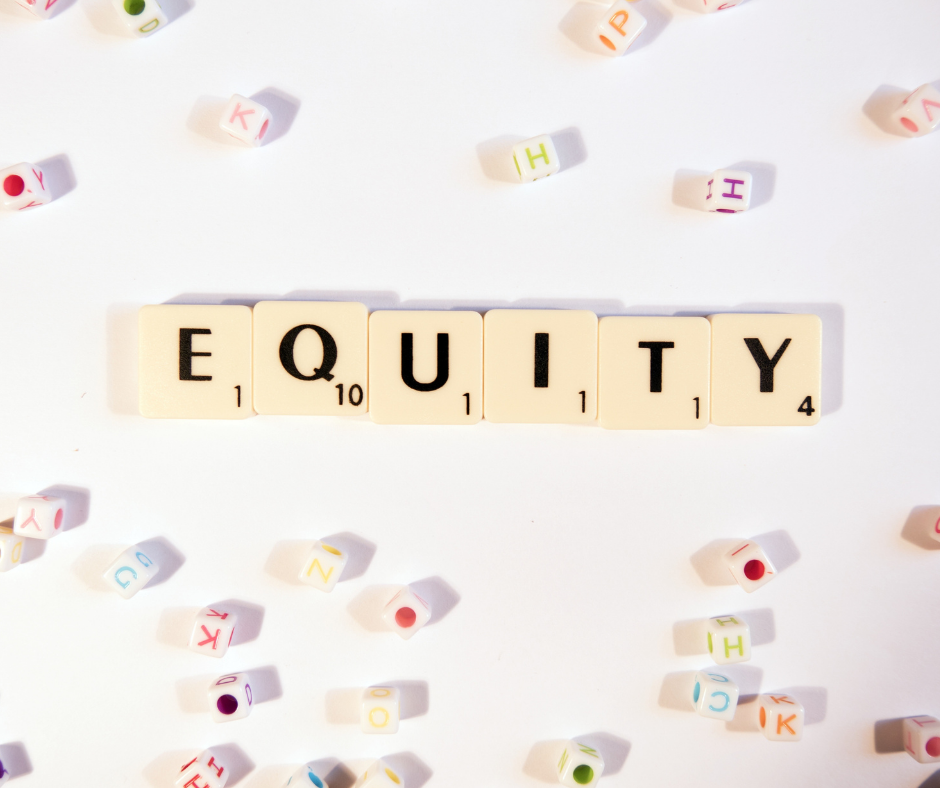What Is Stockholders' Equity?
Stockholders' equity, also known as shareholders' equity or owner's equity, is the total amount of assets left with the company after deducting all liabilities. It is the assets minus the liabilities.
This metric is important in defining a company's financial health and is especially important for shareholders who have invested in the company. It also gives future investors an idea of the financial risks that the company may run into.
Why? Because, in the case of solvency, the amount that shareholders salvage is from the remaining assets, which is basically the stockholders' equity.
The value of stockholders' equity and the factors that influence it can give financial auditors a good deal of insight into the company's financial performance. We delve into this in detail in this article.
In this article, we cover stockholders' equity in complete detail. We will be discussing:
- What is stockholders' equity - the definition and meaning
- Understanding stockholders' equity - what the value means and what insights can you infer from it
- The formula for stockholders' equity
- An example calculation of stockholders' equity from a sample balance sheet
- The influencers of stockholders' equity:
- Invested capital
- Retained earnings
- Net income and dividends paid
Understanding Stockholders' Equity
We've covered the definition of Stockholders' Equity: It is the assets remaining after all liabilities have been deducted or settled. But what is the significance of stockholders' equity, to the company, and to shareholders?
Stockholders' equity is derived from two main sources: the first source is the money that is invested into the company through shares sold and the second source is the retained earnings that the company acquired through day-to-day operations. This becomes another way to calculate stockholders' equity: Invested Capital plus Retained Earnings.
Stockholders' equity quantifies the company's ability to pay off all its liabilities. If the value of all assets is more than the liabilities, the stockholders' equity is positive and is indicative of a thriving business. If the value is negative, it means the company does not have enough assets to cover all its liabilities and this is often seen as a red flag by investors.
That being said, stockholders' equity is not the only metric that should be considered when judging a company's financial standpoint, but it is an important metric nonetheless. Understanding how it stockholders' equity and what factors influence it will give you an idea of what other values to check when assessing a company's financial status.
You can manage you companies finances by using accounting software's like Deskera Books.
How to Calculate Stockholders' Equity
Stockholders' equity can be calculated in two ways:
Stockholders' equity = Invested Capital + Retained Earnings
or
Stockholders' equity = Total Assets − Total Liabilities
The latter is the more commonly used formula. So,
Stockholder’s Equity = Total Assets − Total Liabilities
Understanding the components involved in the formula
Total assets are the sum of all assets on the balance sheet, both current and fixed (long-term) assets. Assets include cash, cash equivalents, land, machinery, inventory, accounts receivable, etc.
Total liabilities are the sum of all liabilities on the balance sheet, both current and fixed (long-term) liabilities. This includes accounts payable, taxes payable, bonds payable, leases, and pension obligations.
Example of Stockholders' Equity
Consider the following balance sheet for company XYZ:
| Current Assets | |
| Cash and cash equivalents | 75,000 |
| Marketable securities | 35,000 |
| Accounts receivable | 30,000 |
| Inventories | 125,000 |
| Total current assets | 2,65,000 |
| Non-current assets | |
| Marketable securities | 25,000 |
| Property, plant, and equipment | 135,000 |
| Other non-current assets | 35,000 |
| Total non-current assets | 195,000 |
| Total assets | 460,000 |
| Current liabilities | |
| Accounts payable | 25,000 |
| Other current liabilities | 50,000 |
| Deferred revenue | 35,000 |
| Commercial paper | 20,000 |
| Term debt | 15,000 |
| Total current liabilities | 145,000 |
| Non-current liabilities | |
| Term debt | 15,000 |
| Other non-current liabilities | 5,000 |
| Total non-current liabilities | 20,000 |
| Total liabilities | 165,000 |
| Commissions and contingencies | |
| Common stock and additional paid-in capital | 125,000 |
| Retained earnings | 170,000 |
Total assets at the year-end for this company is $460,000 and the total liabilities is $165,000. The stockholders' equity will be:
Stockholder’s Equity = Total Assets−Total Liabilities
Stockholder’s Equity = $460,000 - $165,000 = $295,000
You can also, from that balance sheet, that the formula stockholders' equity = Invested Capital + Retained Earnings also hold true: $125,000 + $170,000 = $295,000
What Influences Stockholders' Equity?
There are three main factors that influence stockholders' equity:
- Share or Invested Capital – Amount received by the company by transactions with shareholders, for example, by selling shares.
- Retained Earnings - Amount earned by the company through day-to-day operations.
- Net Income & Dividends – Both these values affect the retained earnings. Net income increases retained earnings whereas dividends paid to shareholders reduces it.
Invested Capital
Invested capital is the amount raised by the company by selling shares to investors. Or in other words, it is the amount invested by shareholders in the company. Companies can issue shares as either common shares or preferred shares and people can acquire a stake in the company by purchasing these shares. In case of liquidation or when dividends are being disbursed, preferred shareholders receive a payment first followed by holders of common shares.
For example, if a company issues 5,000 shares for $100 each and all shares are sold, the company raises $500,000 as invested or share capital.
Retained Earnings
Retained Earnings are profits left over from the net income that is not divided as dividends among shareholders. This amount is invested back into the business, for reasons like funding working capital, purchasing inventory, debt servicing, etc.
Retained earnings are calculated by adding the starting retained earnings (from the previous year's balance sheet) to the net income or loss and then subtracting dividends paid to shareholders. A complete summary of retained earnings and its calculation is maintained called a statement of retained earnings.
Retained Earnings = Beginning Period Retained Earnings + Net Income/Loss – Cash Dividends – Stock Dividends
Since the retained earnings are available to the company for investments and expenditures, how they spend it is totally up to the company. They can choose to save retained earnings which get added to the next year's balance sheet as Beginning Period Retained Earnings and increase the retained earnings for that year, consequently increasing stockholders' equity.
Net Income and Dividends Paid
The formula for retained earnings is dependant on the net income earned by the company and the dividends the company decides to disburse to shareholders. Both these amounts depend on the company, one on its performance and one on its discretion.
The dividends distributed to shareholders are completely at the discretion of the company. The company has no obligation to pay its shareholders a dividend if it chooses to retain profits for internal business investments and expenditure. The company can thus, influence the stockholders' equity (by small amounts) by tweaking the dividends paid for the year.
Conclusion
Stockholders' equity is not the only number that should be analyzed when performing a financial audit or screening of a company, but it is definitely an important metric.
Stockholders' equity is a value that mainly gives investors an overview of potential risks that the company may be facing financially. For example, a company that has had its stockholders' equity gradually decline over the years is saving fewer assets and spending more on liabilities. This is indicative of bad financial planning and expenditure.
It's important to bear in mind that stockholders' equity is dependent on some factors that can be manipulated by the company, like dividends paid, for example. But refraining from dividends for a year, the company can increase its retained earnings and consequently increase stockholders' equity.
This is why investors should not solely consider the value of stockholders' equity, but also look at how the dependent factors, namely total assets, total liabilities, capital invested, retained earnings, and dividends paid are performing before coming to any conclusion.
Key Takeaways
- Stockholders' equity represents the amount a company would have in assets after it paid off all its liabilities
- Stockholders' equity is calculated by deducting all of the company's liabilities (current and fixed) from all its assets (current and fixed)
- A positive value indicates a financially healthy company - it has assets to cover its liabilities and pay off shareholders in case of solvency. A negative value indicates the company is at risk of going bankrupt
- Investors should study a company's balance sheet and particularly look at the stockholders' equity value over the years when deciding whether to invest in the company
- Factors that affect the stockholders' equity are Capital Invested by shareholders (by buying shares) and Retained Earnings (that is dependent on net income and dividends paid)
Related Articles










